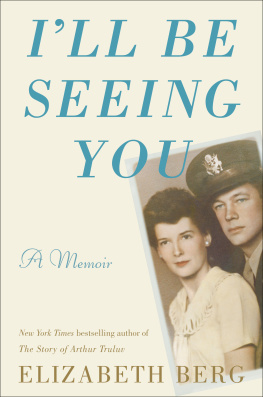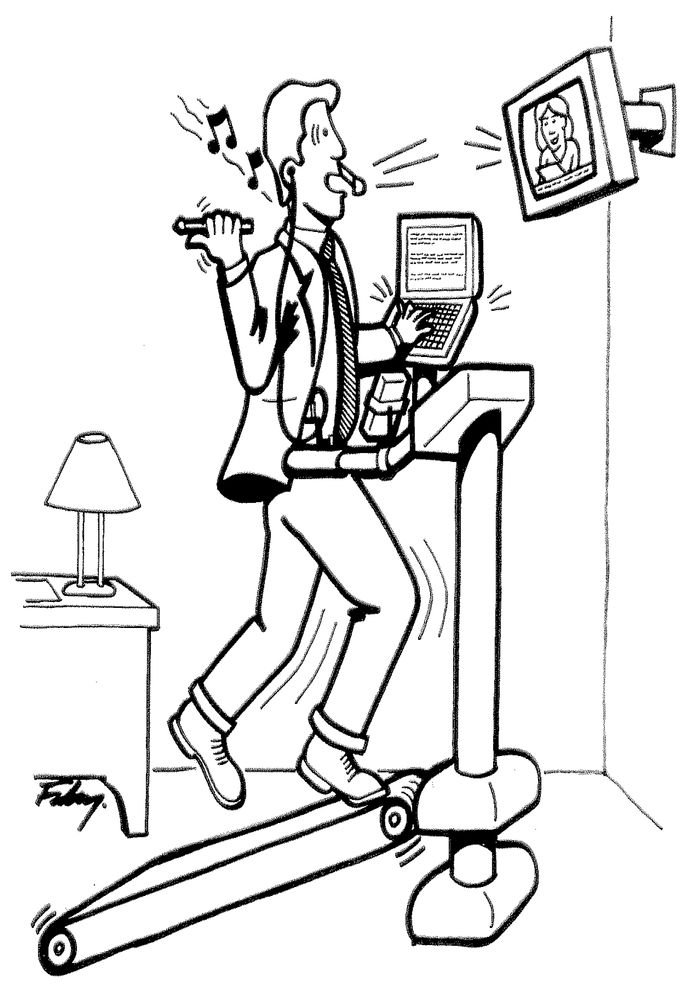Table of Contents
Loud & Clear should be required reading for entrepreneurs to the C-Suite
Robert Dilenschneider, CEO, The Dilenschneider Group
Loud & Clear is a must read for anyone in need of real resultsfrom a few essential hints to a communicative makeover. Bergs keen insights and tactical advice will definitely turbo-charge your ability to deliver an on-target message!
Patrick J. Collins, PhD, professor of speech and media studies at New Yorks John Jay College and author of Negoticzte to Win!
Whether youre training a junior account executive in presentation skills or media training a CEO in the middle of a PR crisis, Karen Berg delivers, helping find a winning bottom-line message no matter the need.
John Frazier, executive vice president, Quinn & Co.
Clarity, experience, and insight for coping with modern workplace communication issues.
Art Stevens, managing partner, Stevens, Gould, Pincus
The next best thing to having Karen coach you personally is to read her book, Loud & Clear. Her communication techniques have helped my students enormously and her illustrations are both instructional and fun.
Jack Domeischel, adjunct professor, New York University Business School of Continuing and Professional Studies
In todays Global Society of cultural diversity, electronic clutter and shorter attention spans, persuasive communication skills are of critical importance and a daunting challenge for any executive. Loud & Clear provides a practical framework to capture any audience attention, whether one or many, and get them to connect, engage and take the desired action. Karen Berg makes this an easy read with simple and practical examples.
Paul G. Pochtar RPh, vice president of Oncology Managed Markets, Novartis Pharmaceuticals Corporation

DEDICATION AND ACKNOWLEDGMENTS
To my clients and colleagues, who help make my life a fabulous adventure.
I would like to thank the following people for all their efforts and support. Without them, this book would not have been possible.
Thank you to Francine LaSala, whose talent and diligence helped birth this book. Thank you also to my agent, Sharon Bowers, for believing in me and working so hard on my behalf.
Career Press took this book on and put it into print. A special thanks to Adam Schwartz, Michael Pye, Laurie Kelly-Pye, Jeff Piasky, Kristen Parkes, Kirsten Dalley, Diana Ghazzawi, and Gina Talucci.
Phil Halls humor, talent, and teaching ability inspires me everyday. And speaking of inspiration, a huge thank you goes out to all the professionals who gave their precious time and lent invaluable insight for Rabbit Tricks, Tips From the Trenches, Views from the Road, and more: Rock Albers, Jack Cloonan, Jerry Cole, Merrill B. Corry, Lester Davis, Patricia Diaz Dennis, Rob Faley, John Frazier, John Graves, Phil Hall, Steve Kyler, Dennis Lonergan, Dr. Cherie Marshall, Byron Nease, Dr. Don Nelson, Cabot Parsons, Michael Platt, Donna Ramer, Mary Jo Roberts, David Schwartz, Art Stevens, and Patreicia West.
And a very special thankyou to Richard Berg, Dawn Butcher, Jerry Cole (for being there for me), and my family and friends, who have supported my efforts and have believed in me.
INTRODUCTION
The average American attention span is that of a ferret on a double espresso.
Dennis Miller, comedian
A while back, I was conducting a training session for a group of female executives, handpicked by the CEO to launch their companys new division. The meeting was called a Lunch Launch, though, as I would find out only too late, that meant bring your own.
In any case, the women paraded in with their sandwiches, salads, Diet Cokes, and bags of chips, chatting cordially as they set up their food. They seemed civilized enough. But as soon as the group leader stood up and opened her mouth, I quickly learned this meeting was to be anything but.
Her blue eyes bulgingalmost cartoon-likeshe looked at me and launched her agenda. I dont know what youre planning to do here today, but I have an agenda, she began. And we have to get all this done, she continued. And Id like to know what were supposed to be doing here with so many other things that need to get done! At this point she was practically screaming, and half the group shut down. The other half was gearing up to state their own agendas. Once she stopped speaking, it was similar to when the bell at the New York Stock Exchange sounds; the women went wild:
Marketing should have been in on this from the beginning! Why werent we notified!?
Operations will never be able to make those dates!
Creative is drowning already and were not going to kiss your butt anymore!
I said no mayo on this sandwich! Why is there mayo on this sandwich?!
It was like a movie. As frustration mounted, each began screaming louder to be heard, yet no one was making even the smallest dent in the din.
As facilitator and trainer, of course, I had to do something, but what? My presentation to them hadnt even begun, and already the train was running off the rails. I listened to it for about five minutes and then I had to act. I stood up, held up my hands, palms facing outward, took a deep breath, and yelled: STOP!
Well that was one way to be loud and clear. In this case, it worked, because I was able to take back the meeting. Everyone was so fixated on their own issues; they needed a jolt to shake them back to reality. But in the long term, shouting is not the best way to get the attention of your listeners.
Havent you been in this situation hundreds of timesa complete cacophony of chaos, a mess of miscommunication, that always ends up in an hour or two of wasted time, with little getting resolved?
We can all relateespecially in this day and age. We all know the feeling of no one listening when we speak, whether theyre speaking right over our words, or, worse, simply nodding in our general direction, staring blankly, looking like theyd rather be anywhere else than taking in what we have to say.
We live in a manic, mile-a-minute, multitasking world, where people are bogged down in a thousand other things, scattered, fragmented, and often unable to focus.
Think about it. In the time it took you to read to this point, how many e-mails have you received? How many times has your phone rung? How many meetings have you already attended todayand how many more await you? How much attention are you even paying to any of it?
The world is full of noise, a constant buzzing of duties and deadlines, worries and wants, stresses and obligations, which make it nearly impossible for anyone to absorb any more information: e-mail and the Internet, BlackBerrys and iPhones, globalization, and telecommuting. Blurred lines between when its work time and when its time off. If its not creating a work-family balance, its the fear of being phased out or made obsolete thanks to outsourcing. Theres only so much the human mind can process.
But through all this noise, you still have to find a way to make your own voice heard if youre ever going to get anywhere.
Dont worry. I can show you how.
Speak Up!
Everyone has strengths and weaknesses when it comes to communicating. No person is good at it all the time, and most people fear it altogether. In fact, public speaking is the number-one fear of Americansrated higher than dying, divorce, and bankruptcy. But whether youre addressing one, 10, 100, or 1,000 people, you still have to do it, so youd better find a way to do it right. How? As esteemed PR pro Art Stevens, managing partner of StevensGouldPincus, once told me, you have to grab them by the shoulders and never let go.














